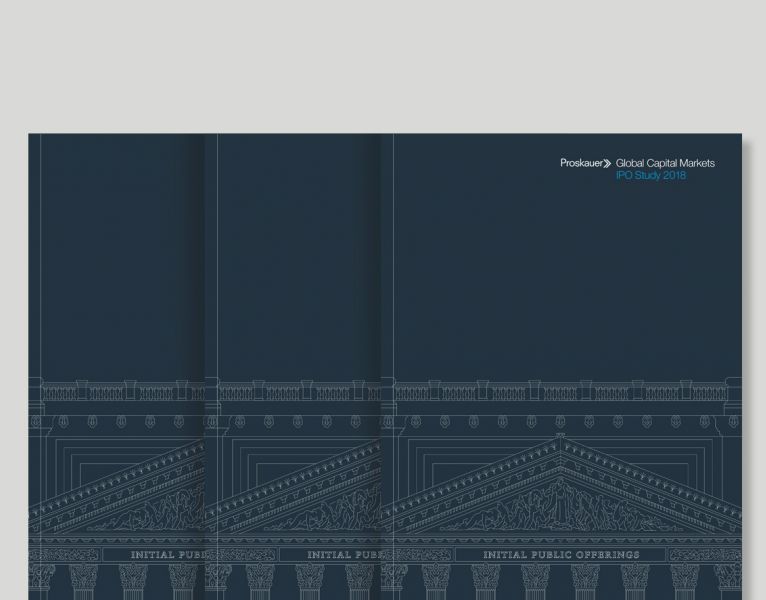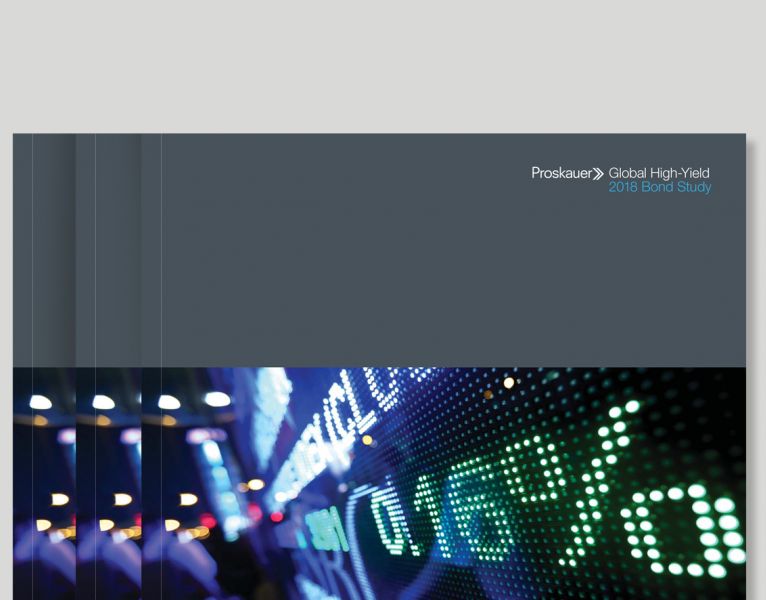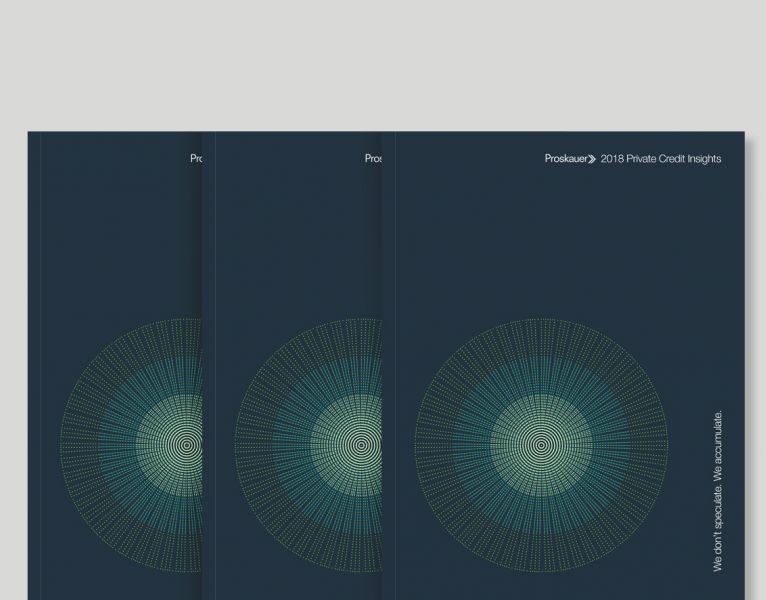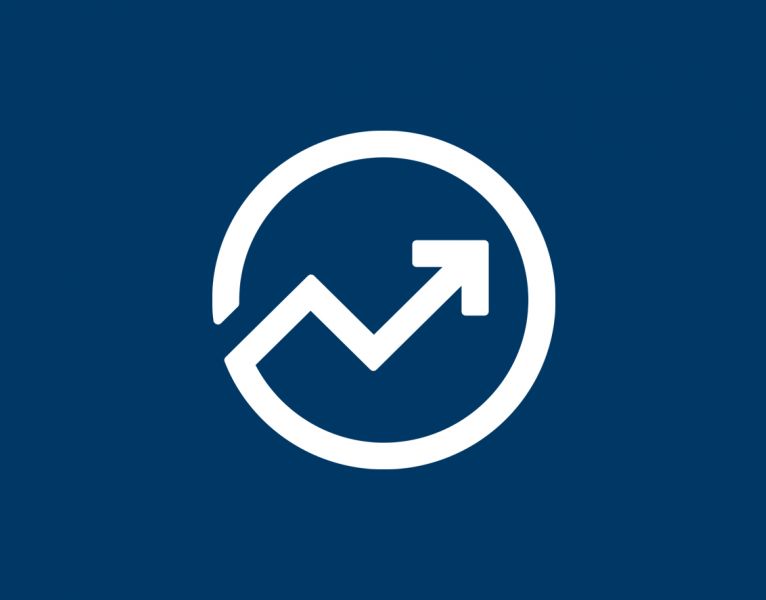March 6, 2019 (New York) – International law firm Proskauer today released its sixth annual IPO Study, which offers comprehensive analyses of U.S.-listed initial public offerings that priced in 2018 and identification of IPO trends from 2014 to 2018.
The 2019 study examines data from 94 IPOs that priced in 2018 with a minimum initial base deal size of $50 million, and includes industry analyses on the health care; technology, media & telecommunications (TMT); consumer/retail, financial services; and industrials sectors. The study also includes a focus on foreign private issuers and sponsor-backed issuers. Utilizing proprietary information from more than 550 IPOs that the group has analyzed over the last six years, the study provides detailed comparisons of deal structures and terms, SEC comments and timing, financial profiles, accounting disclosures, corporate governance and deal expenses.
The 2019 study yields a number of noteworthy observations about trends and activity among 2018 IPOs, including:
- 2018 IPO market driven by health care and tech issuers –Health care companies made up 42% of the 2018 IPO market by deal count, representing the highest percentage of any sector. Almost all health care issuers were in the biotech or biopharmaceutical subsectors. Issuers in the technology, media and telecommunications sector made up 30% of the 2018 IPO market by deal count.
- California, Massachusetts and China-based issuers led the way – As a percentage of U.S.-headquartered issuers, California and Massachusetts led the way with a combined 54% of the IPOs in our study. Foreign private issuers also comprised a significant portion of 2018 IPOs at 24% of our population, with 16% of all IPOs coming out of China. Consistent with last year, Chinese issuers were most common in the TMT sector.
- Average number of SEC comments continues to decline – Consistent with the trend over the last six years, we have continued to observe a decrease in the average and median number of SEC comments in the first comment letter. The first comment letter included 20 comments, on average, down from 23 in 2017. Since 2014, there has been a 49% decrease in the average number of first-round comments and a 54% decrease in the median number of comments. The overall average time from an initial confidential submission or filing with the SEC to pricing was 139 days.
- More issuers taking advantage of confidential submission – All but one issuer in our study opted to initially confidentially submit a draft registration statement with the SEC, up from 90% of issuers in 2017. The SEC expanded the non-public review process to all issuers effective July 10, 2017, so 2018 was the first year we were able to observe the full impact of this policy change. Prior to the change, the confidential submission process was limited to emerging growth companies under the JOBS Act and a non-public submission process was available to certain foreign issuers.
- Continuing use of scaled financial disclosures - Consistent with the trend we have observed over the last six years, an increased number of EGCs included two rather than three years of audited financial statements. This percentage has increased incrementally from 60% in 2014 to 81% in 2018. The number of EGCs including only two years of selected financial data also reached a high in 2018 at 71%. In addition, we observed that 15% of EGCs included one year of audited financial statements in their initial draft registration statement, up from 12% in 2017 and 6% in 2016.
- Increase in percentage of issuers disclosing a material weakness – The percentage of issuers disclosing a material weakness was 46%, which is the highest percentage we have observed in the life of our study. 77% of issuers with a material weakness priced in or above the range, as compared to 86% of issuers that did not have a material weakness.
- Multiple class structures remain common for tech IPOs – Multiple class capital stock structures remained prevalent in 2018. We found that 15% of issuers went public with a multiple class capital stock structure. This was predominantly driven by issuers in the TMT sector, in which almost half of issuers went public with a multiple class capital stock structure.
- Insider purchasing continues to be common in health care sector -From 2017 to 2018, we saw a significant increase in insiders purchasing in IPOs from 33% in 2017 to 53% in 2018. The trend was driven largely by the health care sector in which 77% of deals included insiders purchasing. In health care IPOs, an average of 28% of the base deal was purchased by insiders. IPOs with insider purchasing were more likely to price in or above the range than those without insiders purchasing.
- More issuers going public to establish public market for their commonstock – In 2018, we noted that a significant number of issuers disclosed in the Use of Proceeds section of the IPO prospectus that the principal purpose for the offering was to establish a public market for their common stock. This or similar language was most common in TMT and included in 57% of issuers’ prospectuses in the sector.




